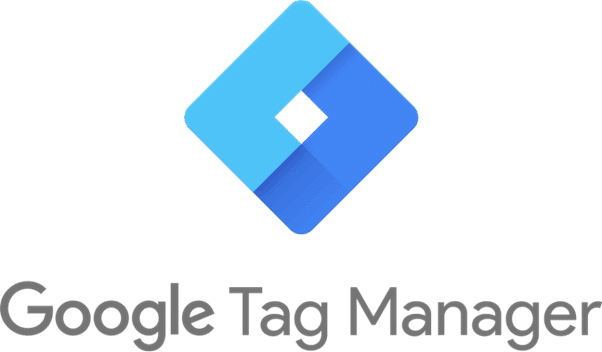Website owners looking to track and increase conversions have several free and very useful tools available to help them achieve that goal. One is Google Analytics, and the other is Google Tag Manager. Here we will talk about what Google Tag Manager is and how it works.
Tag Manager is Google’s free tag management systems (TMS) that is used to quickly and easily update various tags and code snippets on a website. It allows people without much coding knowledge to add or update tracking tags without going into the back end of a website. While Google Tag Manager integrates with a wide range of third-party platforms, you can essentially add any tracking code to a website using the custom HTML feature. Tag manager also provides a preview feature that allows users to make sure specific tags are firing before making it live on the website.
How Google Tag Manager Works
Triggers
Triggers are used to activate a tag. All tags require a trigger in order to operate. Triggers fire when specific website actions are taken. These can range from page loads and link clicks to form submissions and page scrolls.
Variables
A variable is a placeholder for a value that will change when certain conditions are met. Variables are used to pull data from the website’s code or data layer. This can be product price, phone numbers, page paths, or product titles.
Essentially, Google Tag Manager acts as an information courier from one data source (a website) to another (Google Analytics). It makes managing many tags (a wide variety of information) a much simpler job. However, for someone without technical knowledge or training, it might still be challenging to set up tags, triggers, and variables or tracking pixels from Facebook. You would also need to know how Google Analytics works in order to interpret the information provided by GTM. GTM does not produce reports or analysis. That is the job of Google Analytics.
As an information gathering tool, Google Tag Manager is pretty powerful and it can be made to work hard for any business’s website and conversion goals. If you have any questions about Google Tag Manager, Google Analytics, or conversions, please do not hesitate to call us at Corporate Conversions. It’s our job to optimize our clients’ websites in a variety of ways. When they have a clear channel of communication and interaction with their intended audience and they know what works and what does not, they can make better strategic decisions for their website and their businesses.


